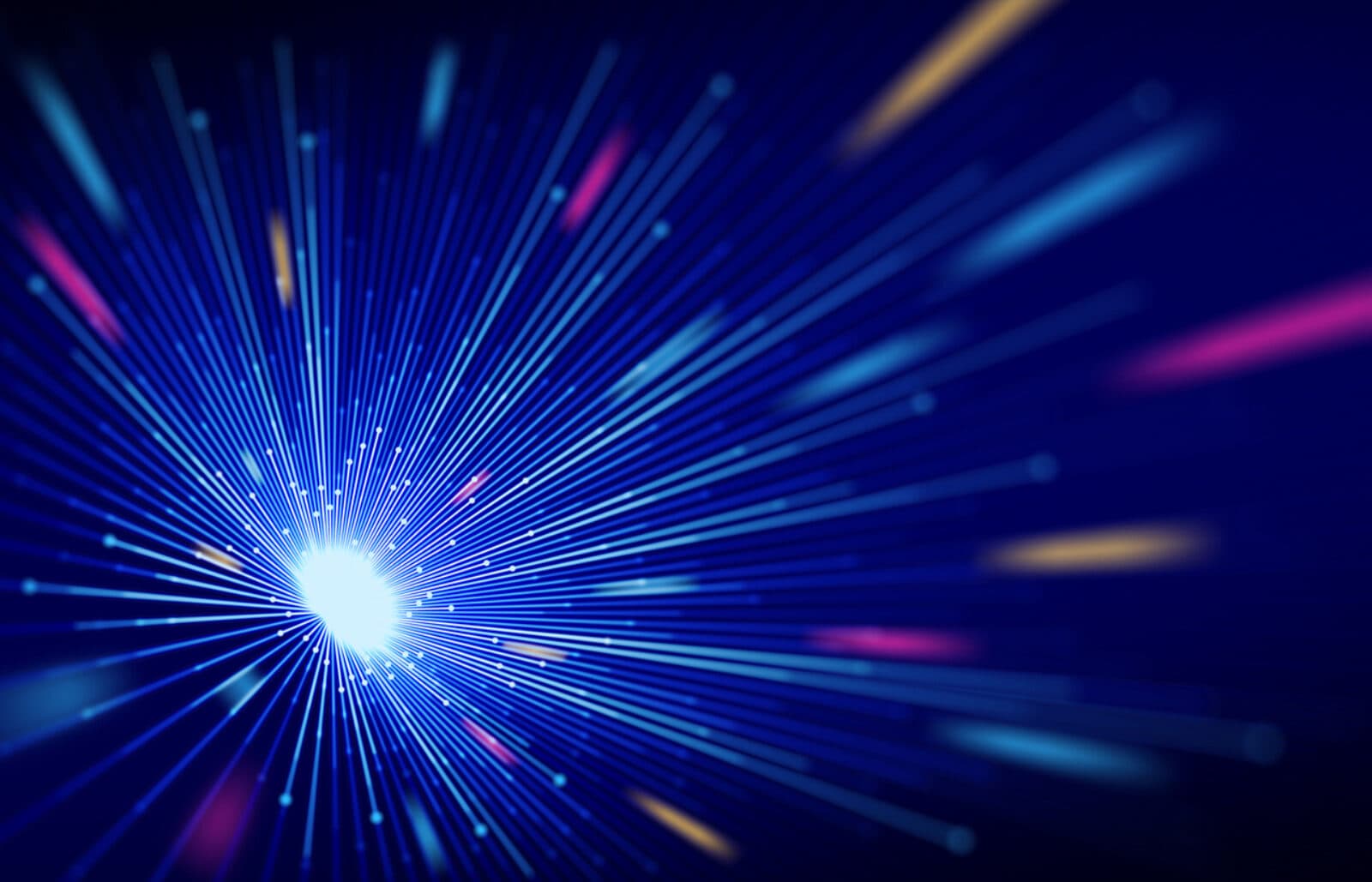Magic Angles and Chaos Cameras
by Alan S. Brown
Potentially game-changing developments in nanoscience

The Author
The new year starts off with two potentially game-changing developments. In the first, a researcher at the Kavli Institute at Cornell has developed a way of analyzing DNA fragments floating in the bloodstream to determine how badly Covid-19 has damaged body organs and perhaps even predict when people are likely to get the disease. In the second, two other Kavli Institute at Cornell researchers have developed a way to make semiconductors that can handle nearly eight times more power than silicon, which is perfect for everything from motors and amplifiers to power converts for rooftop solar panels. In other news, we look at a camera so fast, it can study optical chaos, and new ways to understand the quantum properties of magic angle graphene.
Liquid biopsy
Your body is constantly replenishing its cells, replacing old with new. The body breaks down those cells and your bloodstream whisks the fragments—including DNA—away. Now, biomolecular engineer Iwijn De Vlaminck of the Kavli Institute at Cornell has found a way to use those DNA fragments to determine how badly Covid-19 has damaged the body’s organs and perhaps predict when people are likely to get the disease. The key breakthrough here is finding a way to trace fragments of DNA—which is exactly alike for every cell of your body—back to a specific organ. It turns out that while each cell’s DNA may be the same, each organ expresses the DNA differently, which is why the heart looks nothing like the kidneys or bone marrow. By searching DNA fragments for the chemical marker of the expression, De Vlaminck can trace the fragments back to their organ. His findings with Covid-19 offered one big surprise: in addition to affecting the lungs and liver, he also found high levels of DNA from red blood cell progenitors. In fact, his team found that high levels of DNA in the blood was, by itself, a strong predictor for severe Covid-19 cases. He has also applied the same technology to children severely impacted by the disease.
Crystal power
When people talk about semiconductors, most people think about computer and memory chips housing billions of transistors. But there is another important use for them—power electronics. These are the semiconductors used in everything from motors in pumps and fans on up to amplifiers, digital device power systems, and converters that turn solar energy into AC current. The problem is that most semiconductors cannot handle much energy. Thanks to a team led by Debdeep Jena and Huili Grace Xing of the Kavli Institute at Cornell, that may soon change. They have found a way to tame alpha-aluminum gallium arsenide (alpha-GaAs), giving it almost eight times the power-handling capacity of silicon. They did it by going back to fundamentals. Researchers make alpha-GaAs by growing it on sapphire, so they looked at all the different types of sapphire they could grow and eventually identified that enabled them to grow a stable version of alpha-GaAs on it. Then they replaced some gallium with aluminum, boosting its capacity even further. This could lead to a new generation of electronics capable of handling a lot more power.
Smile, you’re on chaos camera.
Imagine a camera so fast, it can take a picture of light as it bounces off the walls of a small cavity. That is exactly what Lihong Wang, a member of Caltech’s Kavli Institute of Nanoscience, is using to study optical chaos. This was once a hot field, but experimentalists abandoned it because they had no tools to test theories, and theorists left because they could not validate their hypotheses experimentally. Wang’s compressed ultrafast photography (CUP) camera can take up to one trillion pictures per second. The unit he used for his light work takes one billion frames per second, but takes all the photos at once. That enables it to capture a laser pulse’s entire path through a cavity designed to reflect the light in ways that changed from pulse to pulse. Data from such experiments could have applications in physics, communications, and cryptography.
Quantum magic in magic angles
Take two bilayers of graphene (a one-atom-thick layer of carbon in a honeycomb pattern) and twist them 105 degrees and you get a topological material with unusual properties. In math, topology involves reshaping an object without cutting or breaking it. In physics, it involves reshaping quantum states. Adding electrons to twisted graphene, for example, turns it from insulator to conductor to superconductor. Strong magnetic fields make it an insulator—except along its edges. In 2020, Stevan Nadj-Perge, a member of Caltech’s Kavli Institute of Nanoscience, found a way to turn twisted bilayer graphene into a superconductor even when it is not twisted at precisely 105 degrees. Now, he and his colleagues have shown that adding electrons to twisted bilayers can produce a range of topological quantum phases—without using magnetic fields. Twistronics, as it is called, is a new way of looking at the quantum world and could one day have application in quantum computing.
Abruña wins top chemistry award
Héctor Abruña, a member of the Kavli Institute at Cornell, has won the ACS National Award in Analytical Chemistry, one of the highest honors in the field. His work involves electrochemistry and focuses on fuel cells and batteries. On the fuel cell side, his lab wants to lower the cost of these clean energy conversion systems by developing metals that would work in alkaline media and which would cost much less than acidic systems. On the battery side, Abruña and his colleagues are developing lightweight, rechargeable lithium sulfur batteries.